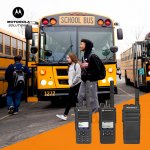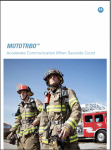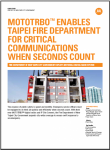Around here I notice the opposite. The analog repeaters do a great job of leveling the repeat audio levels, whereas I am constantly adjusting the volume on my DMR portable. I mean, the variation from one user to another on the digital is the main drawback. The second biggest drawback here on East Coast is lost packets and dropped connections. I want to like the noise free Digital, but a completed QSO is rare. (networked) Local standalone works fine.
And herein lies the problem with amateur radio networks. There is a huge mix of radios with different audio characteristics, where in a commercial environment, you generally have the same or very similar fleet of radios...at least the same brand, normally, and generally all programmed by the same radio shop to have identical settings. As well, everybody in the ham world buys the Cheap Chinese Radios (CCRs), which aren't great to begin with as far as audio is concerned. Packet loss? Haven't experienced that at all. I listen to the Brandmeister WorldWide talkgroup (91) somewhat regularly, and have no issues, even with folks from all around the world. I talk with people on the east coast all the time and they do not have that problem, so it's perhaps an issue with the specific repeater you are using?
If I had to bet, I would also guess that you are using a CCR. On my Motorola XPR5550s and 7550s, I have RX Audio Leveling enabled, and I literally haven't touched my volume knob on DMR in months. It is by far the best feature that has ever been created for DMR radios. The only time I ever touch the knob is on analog.




